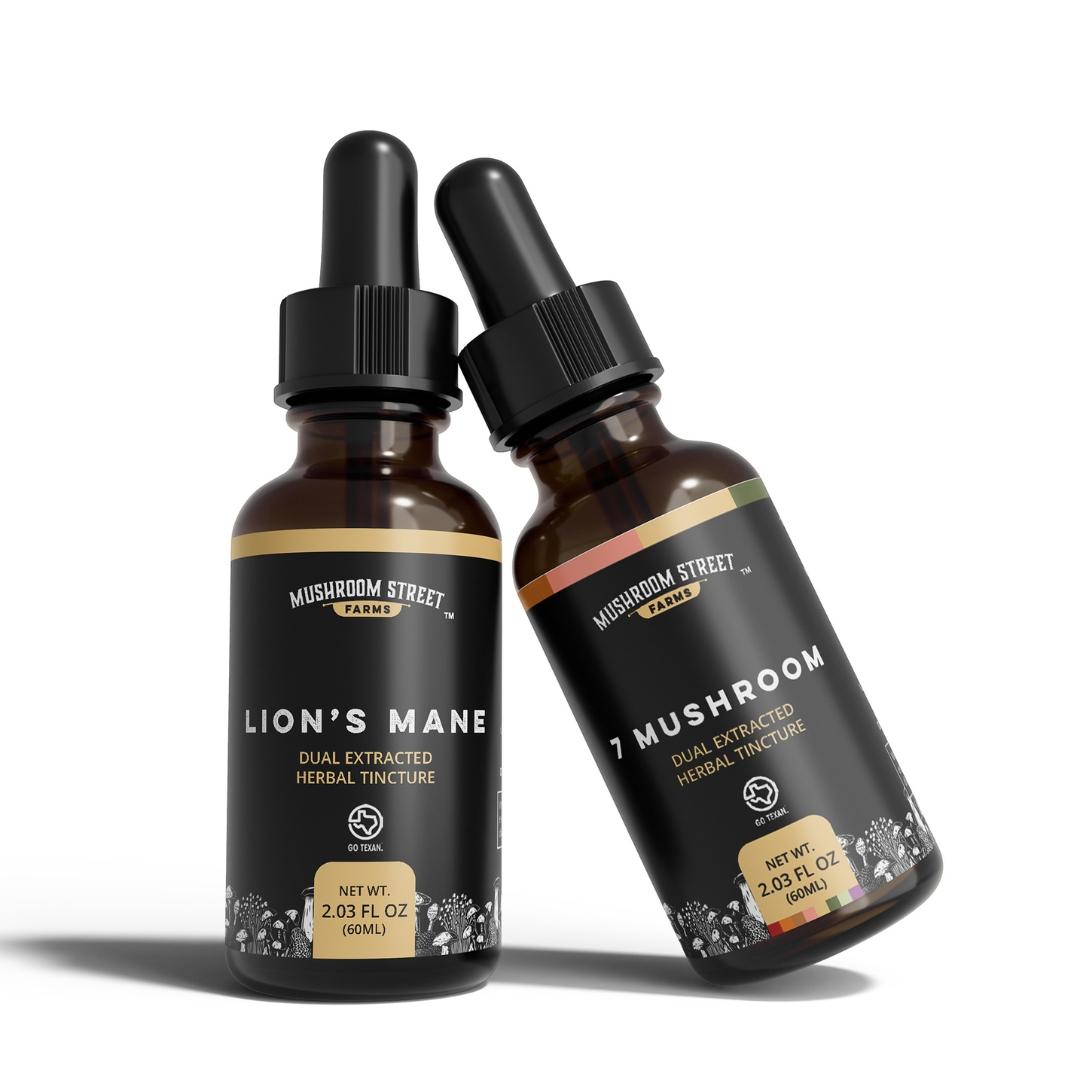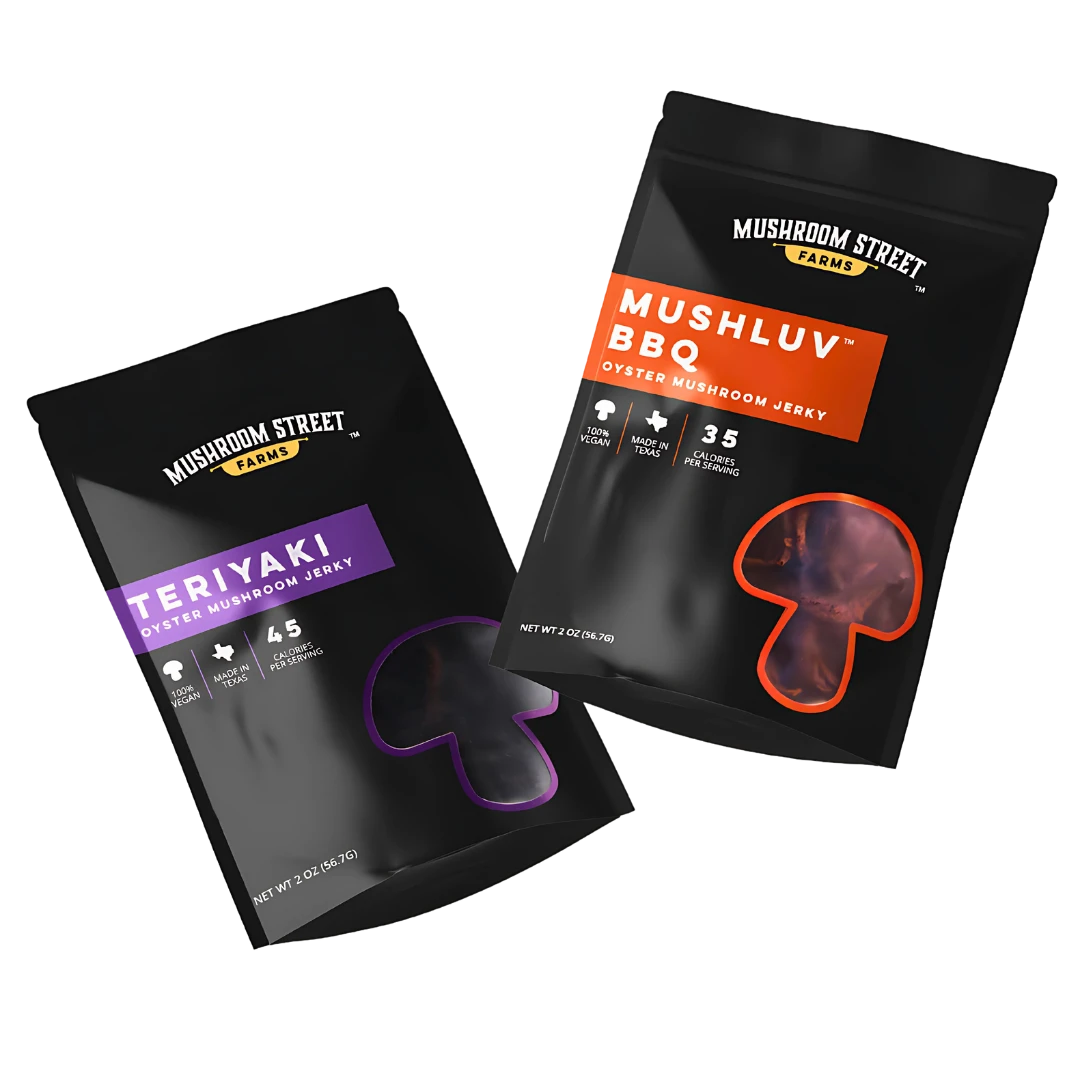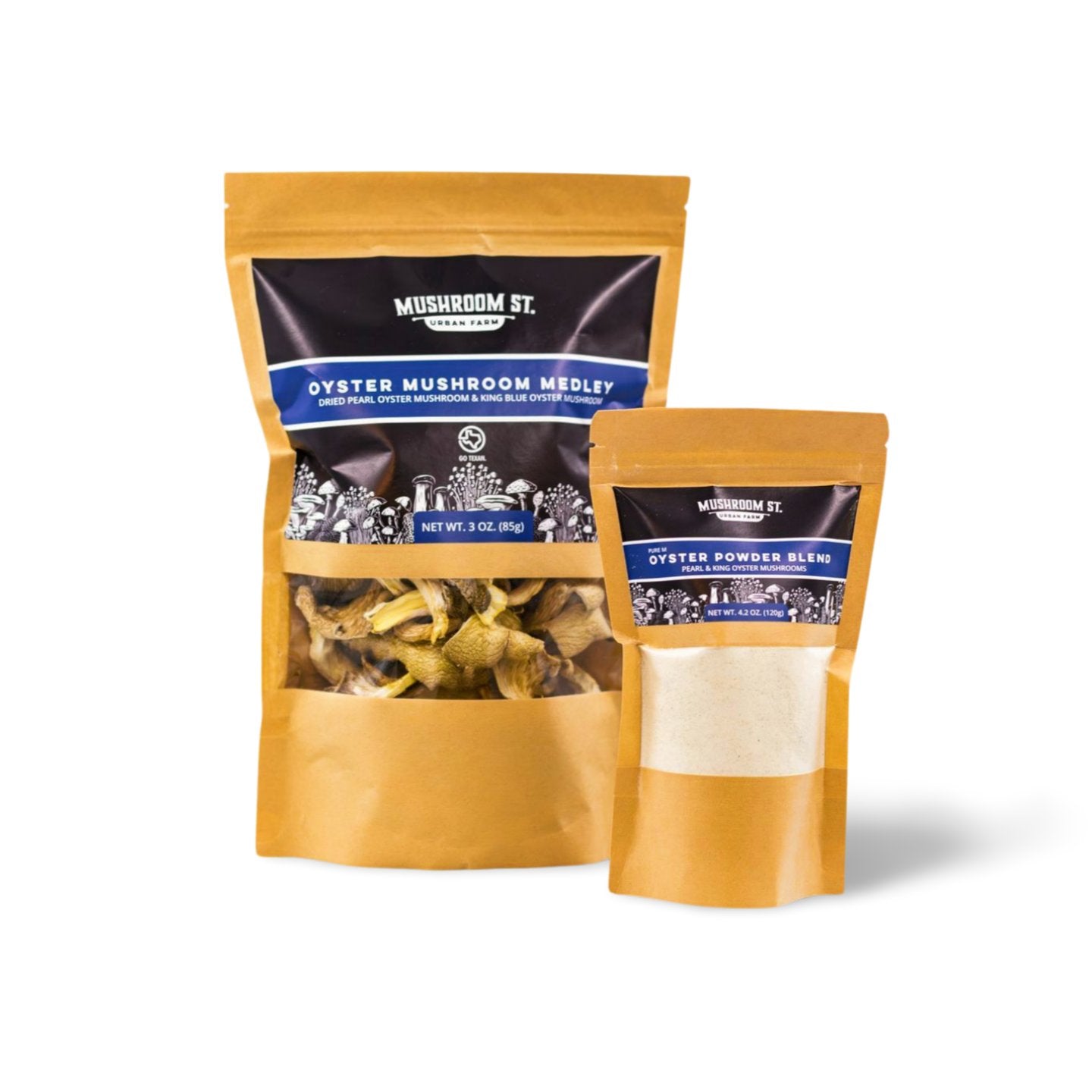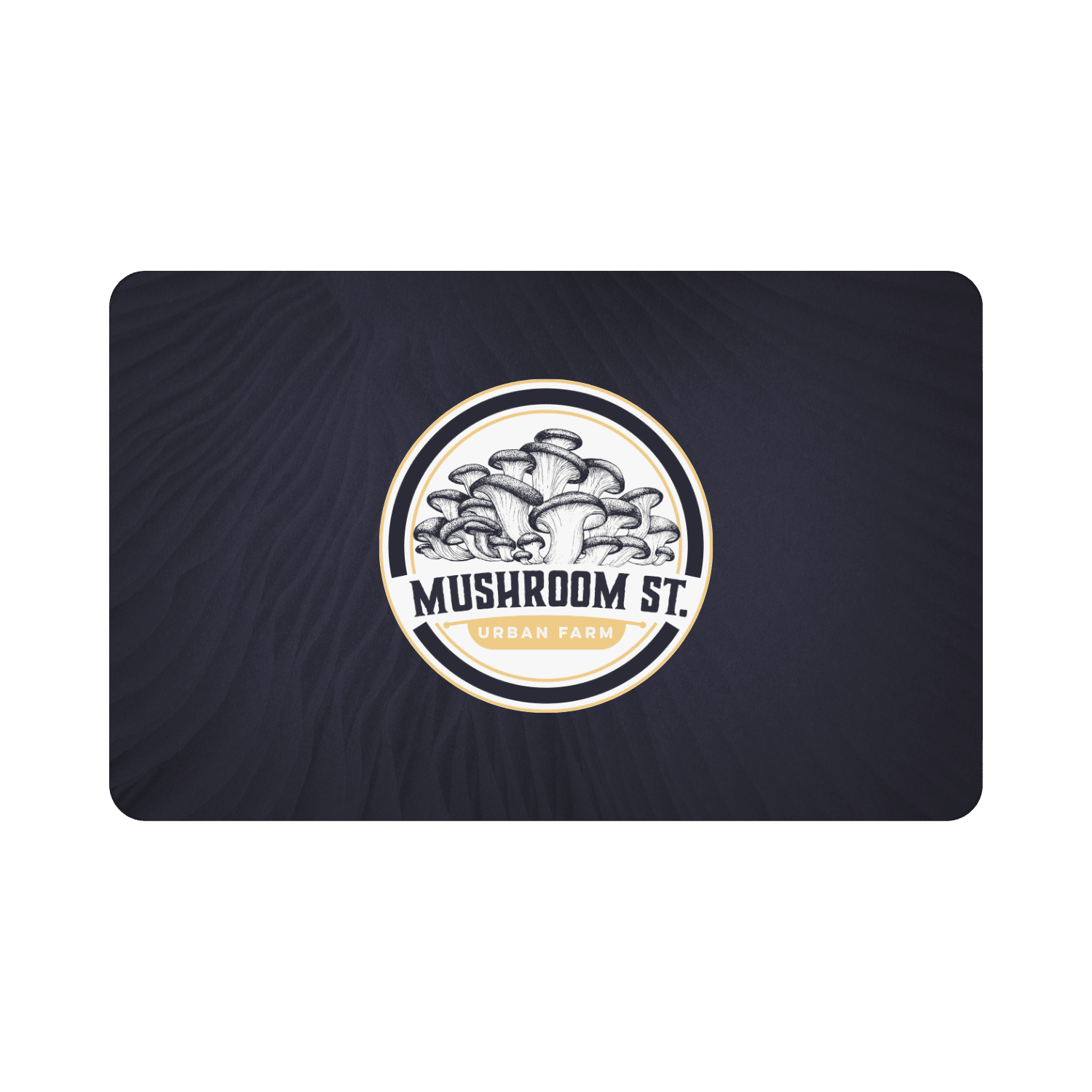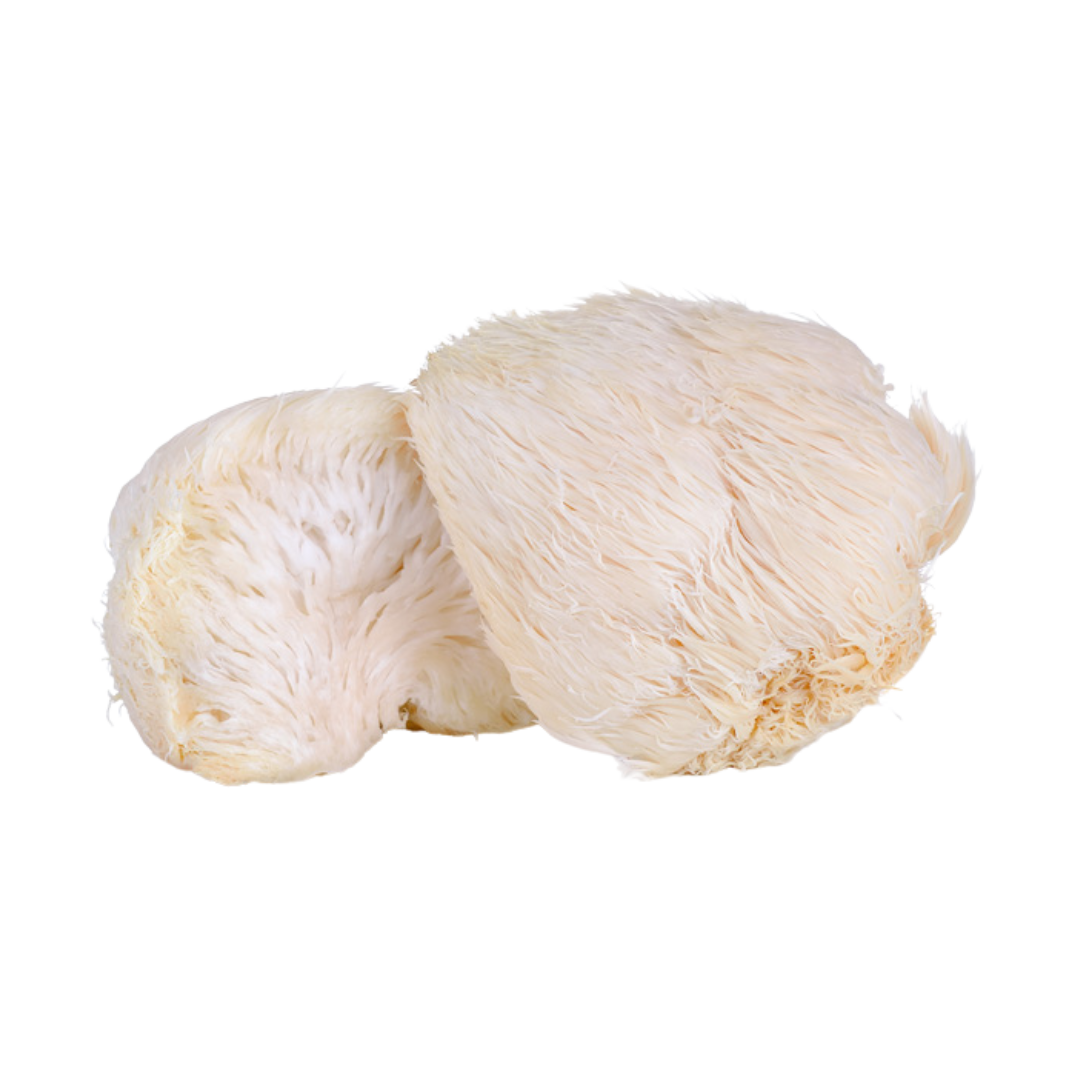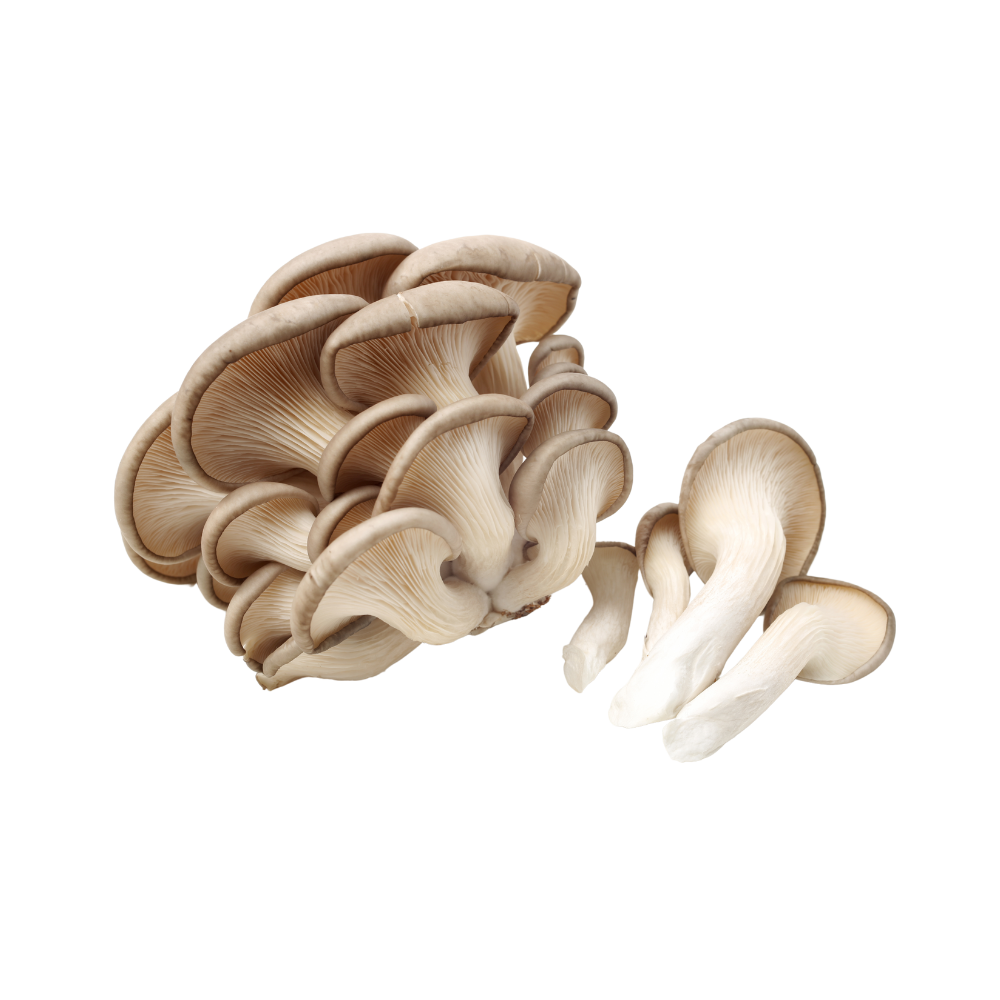

Overview
Mushrooms have been part of global food and healing traditions for centuries. In this article, we explore how different cultures from Asia, Africa, Latin America, and Indigenous communities around the world have used mushrooms—both in the kitchen and as medicine. Plus, we highlight the health benefits backed by science today.
🍲 What Cultures Use Mushrooms in Traditional Cooking
Mushrooms have made their way into countless cuisines. Whether it’s stir-fried shiitake in Japan or earthy soups made with wild mushrooms in Eastern Europe, mushrooms are loved for their flavor and nutritional power.
Here are a few cultures where mushrooms are front and center:
-
Japan & China: Shiitake, enoki, and wood ear mushrooms are staples in ramen, hot pots, and congee. In Traditional Chinese Medicine (TCM), mushrooms like Reishi (Lingzhi) and Cordyceps are used for vitality and immune strength.: Shiitake, enoki, and wood ear mushrooms are staples in ramen, hot pots, and congee. In Traditional Chinese Medicine (TCM), mushrooms like Reishi (Lingzhi) and Cordyceps are used for vitality and immune strength.
- Reishi has shown immunomodulatory effects in several studies, including one published in a PLOS One article (source).
- West Africa: In Nigeria and Ghana, mushrooms like Termitomyces are considered delicacies, often stewed in rich sauces. They also play a role in local foraging and medicine.
-
Mexico: Wild mushrooms (known as hongos) are part of indigenous cooking, including tamales and salsas. Psilocybin mushrooms also had ceremonial use among ancient Mesoamerican cultures.
- Note: We’re focusing here on culinary mushrooms.
- Eastern Europe: Poland, Ukraine, and Russia have long traditions of mushroom foraging, with varieties like chanterelles and boletus used in soups, pierogi, and sauces.
- Indigenous North American communities: Some Native American tribes use puffball mushrooms medicinally and as natural remedies in poultices or teas.
- Italy: Porcini mushrooms are a prized ingredient in risottos and stews, while truffles (a type of subterranean fungi) are central to Northern Italian cuisine.
🍄 Why Do So Many Cultures Use Mushrooms?
Across cultures, mushrooms represent:
- Accessibility – Often foraged and seasonally available
- Flavor enhancement – Umami-rich and savory
- Nutritional value – Low calorie, high in B vitamins, potassium, and antioxidants
- Medicinal promise – Used in preventative and traditional medicine for centuries
🔬 What Are the Health Benefits of Culinary Mushrooms?
Scientific studies today are catching up with ancient wisdom. Some of the most researched mushrooms include:
-
Lion’s Mane: Shown to support memory and cognitive function due to its effect on nerve growth factor (NGF)
- Source: National Library of Medicine
-
Cordyceps: Studied for energy and athletic performance due to its influence on cellular oxygen use
- Source: Wild Foods Co.
-
Reishi: Known for supporting immune modulation and stress response
- Source: Rupa Health Article
-
Oyster Mushrooms: Rich in ergothioneine (an antioxidant), protein, and beta-glucans—making them a great meat substitute
- Source: The Power of Plants
🌱 Cooking Traditions Are Cultural Medicine
Whether added to soups for flavor or brewed into teas for healing, mushrooms reflect how food and wellness are deeply connected. At Mushroom Street Farms, we’re honored to help revive and amplify these traditions with every harvest.
📌 Want to Cook with These Mushrooms?
Explore our fresh gourmet mushrooms or come to one of our cooking demos this June and learn firsthand how to bring these roots into your kitchen.
🛒 [Shop Fresh Mushrooms]
📅 [See Upcoming Cooking Experiences]





